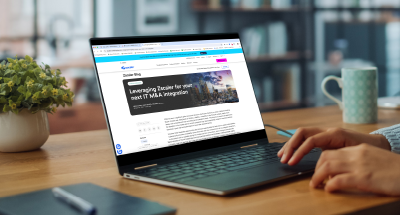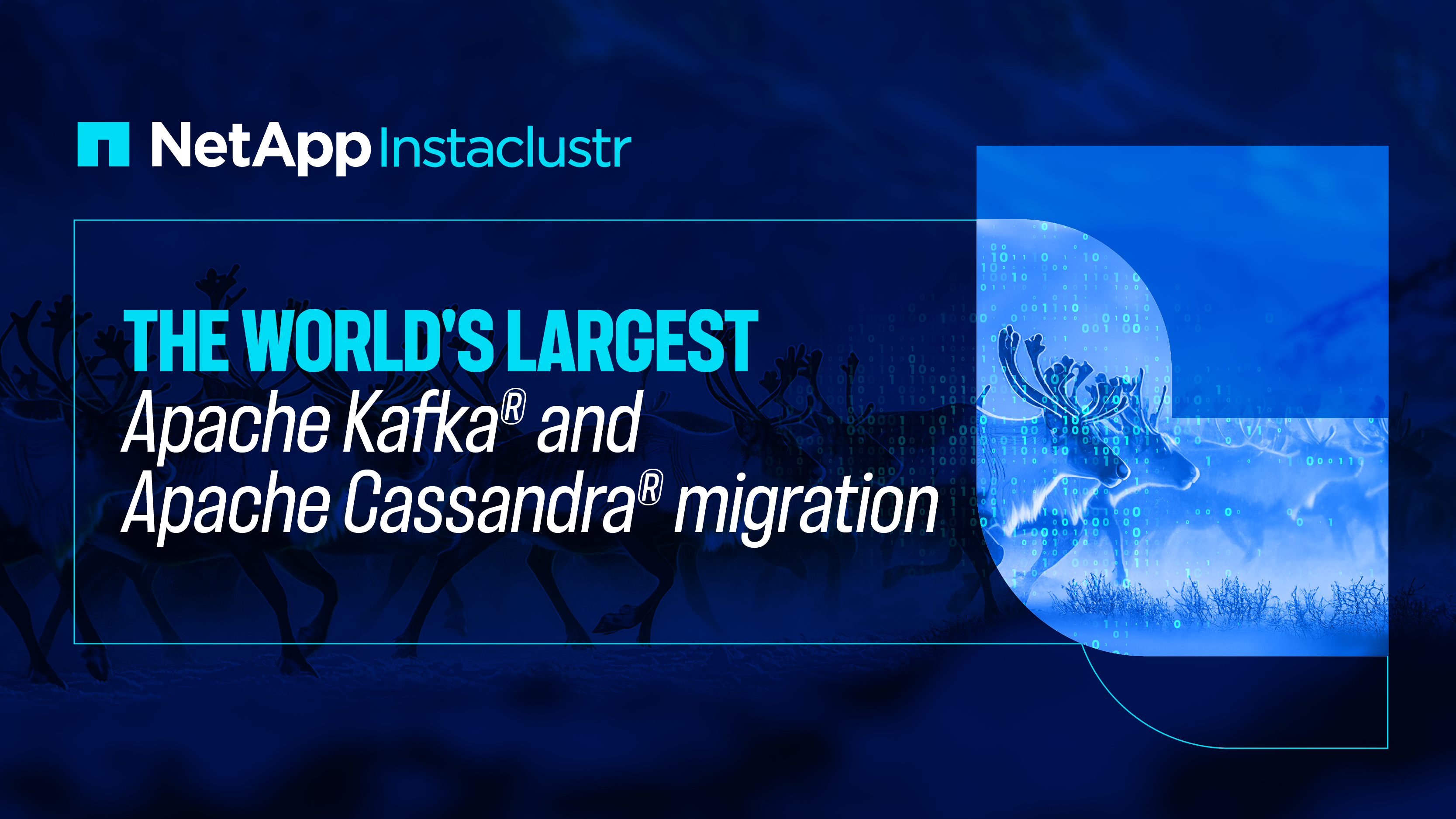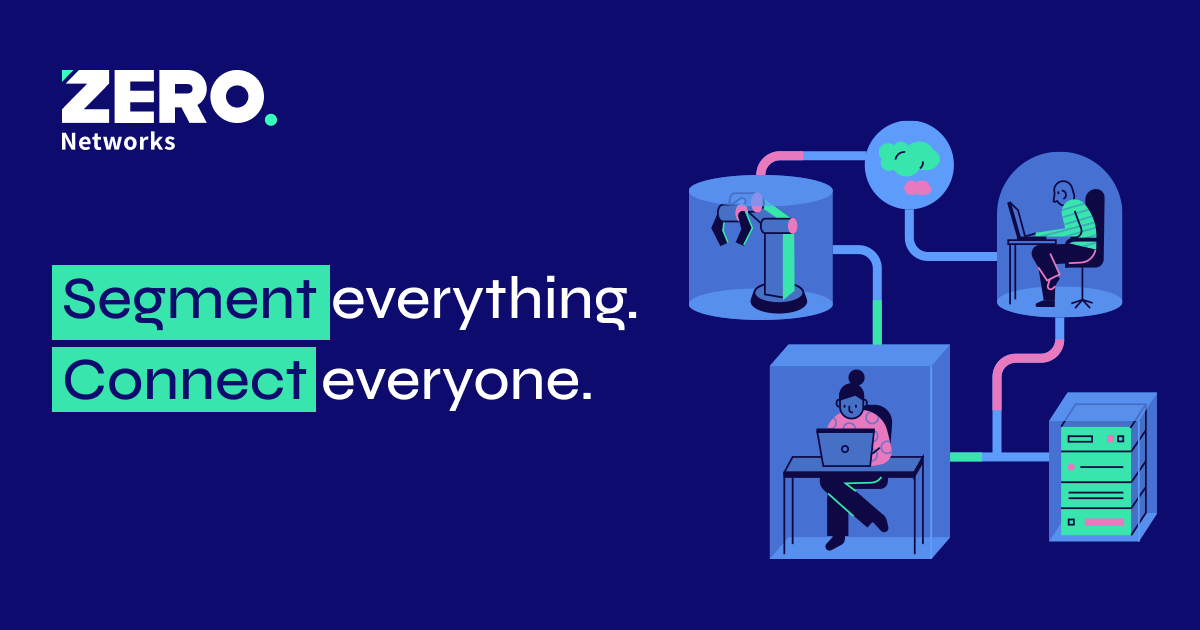Divestiture - Zero Trust Approach Means Zero IT Footprint
As companies globally are moving away from the disruption caused by the pandemic in 2020, many business leaders feel now is the time to rightsize their portfolio and decide on what fits their core business strategy and what doesn’t. In a recent survey by Deloitte, companies have stated they have executed more corporate divestitures in the recent past (since 2020) and expect many more in the future.

In many organizations, the Information Technology (IT) function is pivotal for the operations of the business and is shared across business units. Hence during a divestiture, the smooth separation of IT function becomes a priority for both the seller and the divested entity as they focus to reduce the dependence on each other post-separation.
Detailed technology due diligence is critical to avoid unforeseen delays and cost overruns in IT function which ultimately affects both the valuation of the business that is divested and the business objectives of the seller. Our clients have the following key objectives as they prepare and manage their divestitures from the perspective of the IT function:
- Optimally manage entanglements between the seller, divested entity, and the buyer
- Lower Transition Services Agreement (TSA) costs and duration
- Minimize cyber risks and incidents during a transition period
- Pivot legacy systems, architecture, and utilize divestiture as a catalyst for initiating tech transformation in both divested entity and seller
- Achieve value creation objectives
The traditional approach of standing up an IT environment, sequentially replicating the business’s previous existing IT infrastructure and network hardware, then initiating the data and app separation strategy is complicated, takes months or years to complete, and is expensive. A combination of cyber risk and time constraints in the traditional approach warrants the need for a more modern approach to separation and divestitures.
The faster the divested entity can start operating its own IT environment, the more value both the seller and divested entity can achieve. Instead of adopting the traditional approach and battling legacy IT, organizations and leaders can choose a cloud-based approach that establishes a virtual tenant for the divested business and provides a secured connectivity across entities through a zero trust security model. Using the Zscaler Zero Trust Exchange, organizations can adopt an approach to divestitures that reduces the separation timeline by at least 50% compared to the traditional approach.
Using the Zero Trust Exchange, companies can:
- Achieve user-to-application connectivity in weeks
- Reduce IT complexity
- Enable faster decisions on application inventory and deal perimeter
- Reduce TSA timelines and costs
- Securely stand up and operate the divested business with “zero” IT hardware footprint
- Efficiently manage financials - reduce separation costs, achieve stranded costs reduction, and achieve business objectives faster
This modern cloud-based approach to divestitures enables both sellers and the divested business to rapidly take action on the planned value capture opportunities instead of spending time and critical resources engineering the IT separation. Read more in our white paper.
Related Articles
Join The GBI Impact Community
Sign up to make an impact and hear about our upcoming events
By registering anywhere on the site, you agree with our terms and privacy policy



